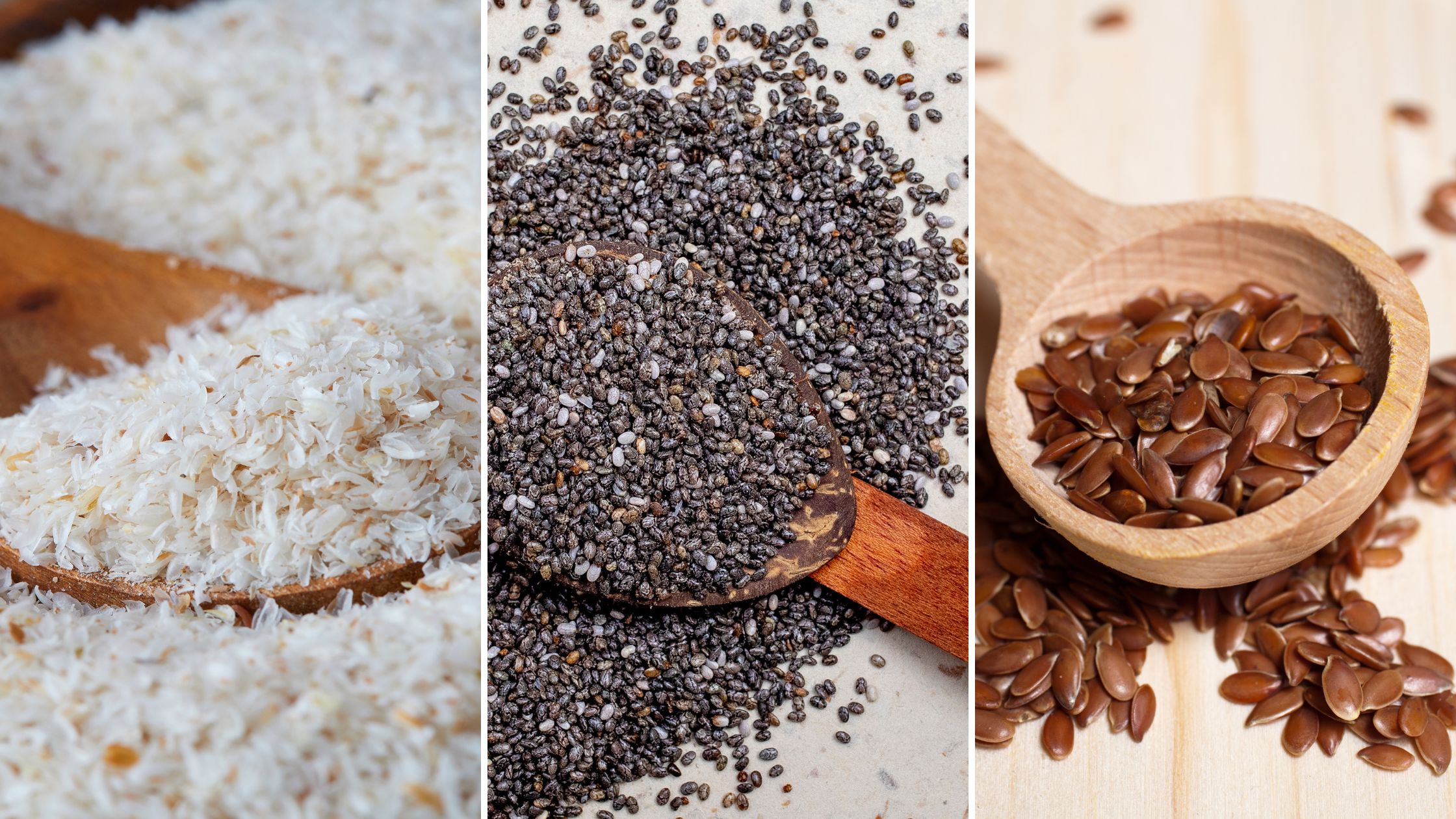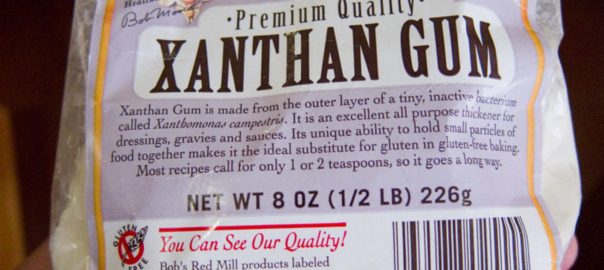If you have been doing a good job of reading food labels, you know there are many ingredients listed. Xanthan gum is one of these common ingredients found in processed foods. It has been around since the early 1960’s, discovered by a research team of the United States Department of Agriculture.
What is Xanthan Gum?
It is a water-soluble natural gum produced by the fermentation of sugar with specific micro-organisms. These organisms are the same ones that cause black rot on broccoli, cabbage, or kale. Fortunately, xanthan gum is sterilized! It is a soluble fiber - it turns to a gel-like mush when a liquid is added to it. This substance acts as a binder, extender, stabilizer, and thickener.
Xanthan gum helps give a better mouthfeel, improves the texture and consistency, and helps reduce separation. Since it stabilizes food products under different temperature conditions. It is great for manufacturing, shipping, storage and convenient for producers. It is found in foods, personal care products, medications, and used in industrial applications.
It can stabilize food, prevent food from separating, and help the food to flow smoothly out of containers. It also can provide elasticity and fluffiness to gluten-free baked goods. Common foods that contain xanthan gum are salad dressings, bakery products, fruit juices, soups, ice cream, sauces, gravies, syrups, gluten-free products, and low-fat foods.
Is Xanthan Gum Safe?
In personal care products, it allows the products to be thick, but still flow easily out of their container. It is found in toothpaste, creams, lotions, and shampoos.
Xanthan gum is used in industry because it has the ability to withstand different temperatures and pH levels, cling to surfaces, and thicken liquids while still maintaining good flow. It is used in fungicides, herbicides, insecticides, tile grout, oven and toilet cleaners, paints, fluids used in oil drilling, and adhesives like wallpaper glue.
Now you may be wondering if it is in all these different products, can it be a health risk or not? The FDA has stated that this product is safe for human consumption as long as consuming less than 15 grams per day. Ingesting more than this can produce intestinal discomfort and other challenges.
Some Challenges With Xanthan Gum
Xanthan gum can be made with corn, soy, wheat, or cabbage. If you are sensitive to these foods, you may want to consider avoiding xanthan gum. Another challenge is that corn and soy are often genetically modified organisms (GMO).
Xanthan gum absorbs water in the gut and is not digestible, therefore it can lead to constipation, bloating, altered gut bacteria, and other gut-health issues. A recent study found that it can cause inflammation in the gut.
Inhaling xanthan gum should be avoided as it can produce flu-like symptoms.
Xanthan gum can lower blood sugar levels so if you are already taking diabetes medication, it could cause problems.
Alternatives to Xanthan Gum
If you are looking for substitutes for xanthan gum, you could choose psyllium husk, chia seeds, gelatin, agar, and ground flaxseeds as thickeners.
Unfortunately, it has become a big hit in the gluten-free world due to that thickening ability. We are consuming far too much of it which is not good for gut health. It’s important to read the labels and develop an awareness of how many products you are consuming that have xanthan gum in them. Either look for alternatives or see if there is a DIY option.
Sources
Ostrowski, M.P., La Rosa, S.L., Kunath, B.J. et al. Mechanistic insights into consumption of the food additive xanthan gum by the human gut microbiota. Nat Microbiol 7, 556–569 (2022). https://doi.org/10.1038/s41564-022-01093-0
Silva Rischiteli AB, Neto NIP, Gascho K, Carnier M, de Miranda DA, Silva FP, Boldarine VT, Seelaender M, Ribeiro EB, Oyama LM, Oller do Nascimento CM. A diet including xanthan gum triggers a pro-inflammatory response in Wistar rats inoculated with Walker 256 cells. PLoS One. 2019 Jun 18;14(6):e0218567. doi: 10.1371/journal.pone.0218567. PMID: 31211796; PMCID: PMC6581265.

